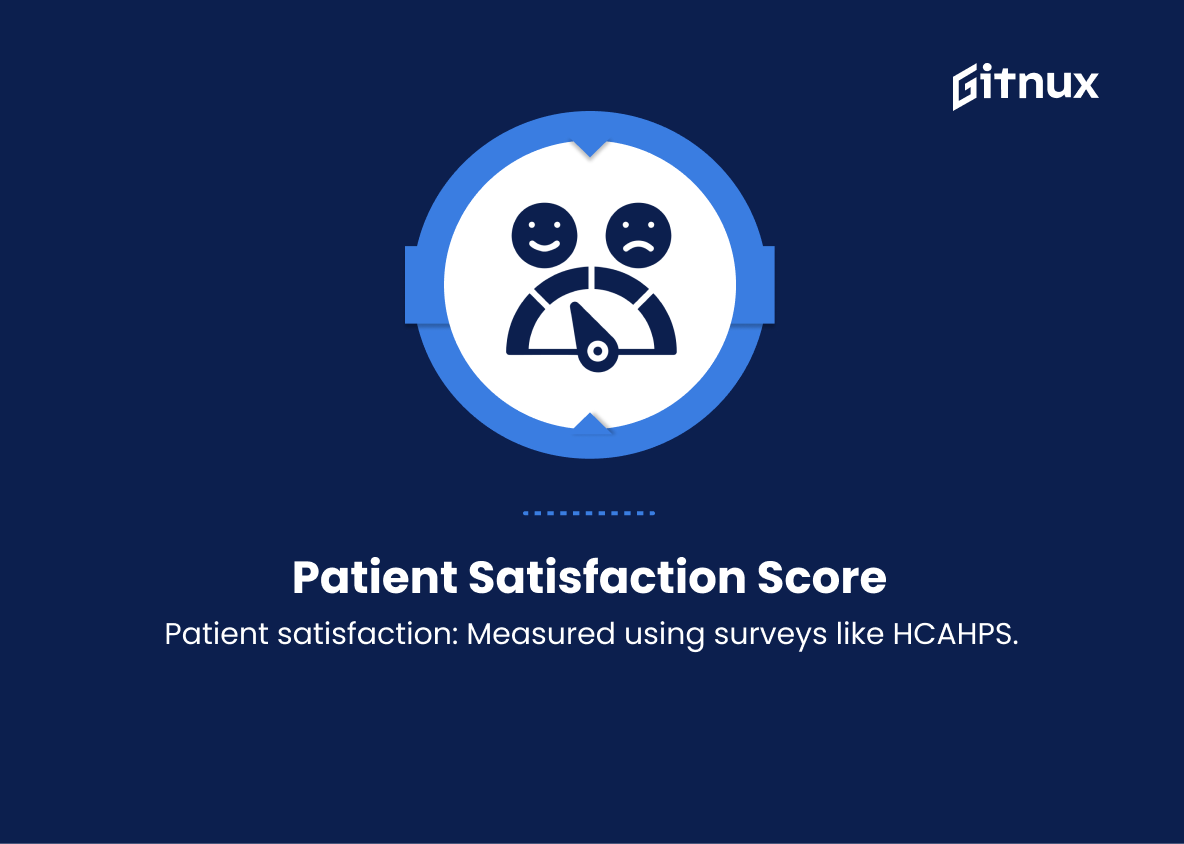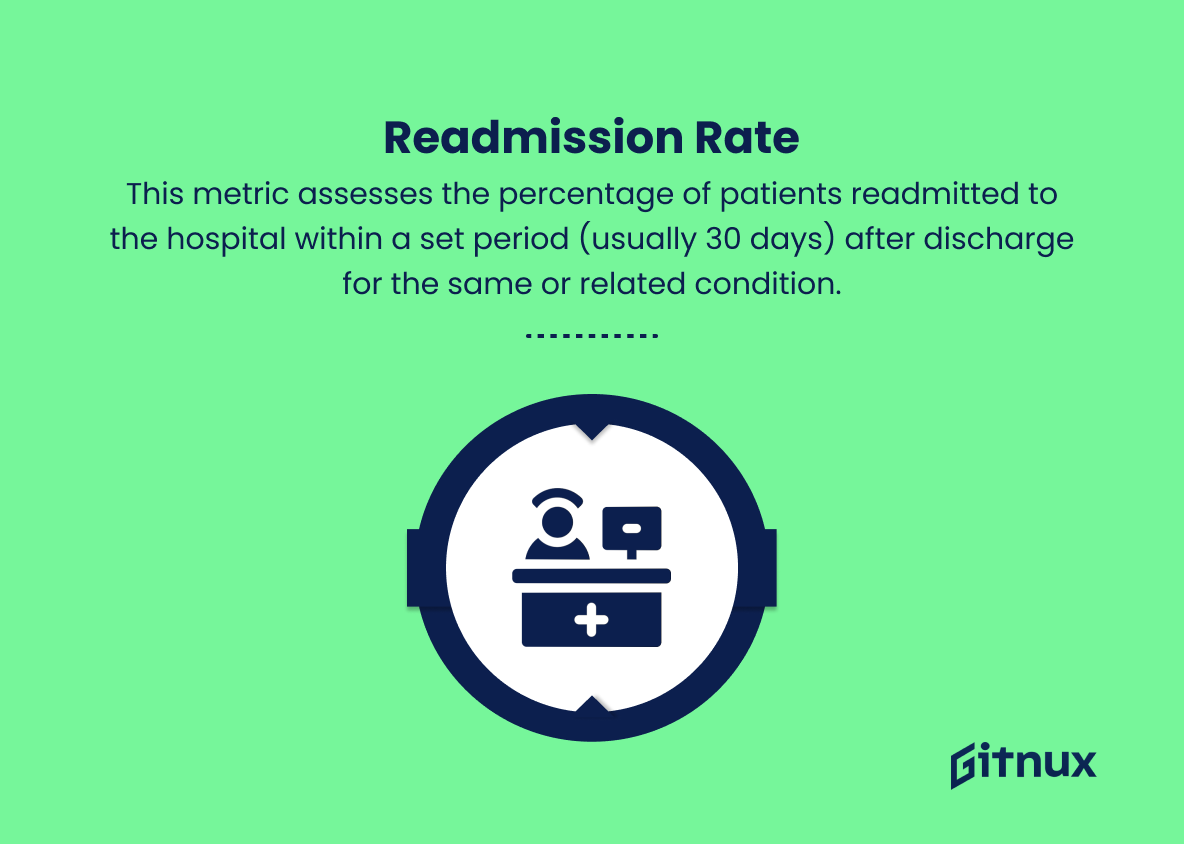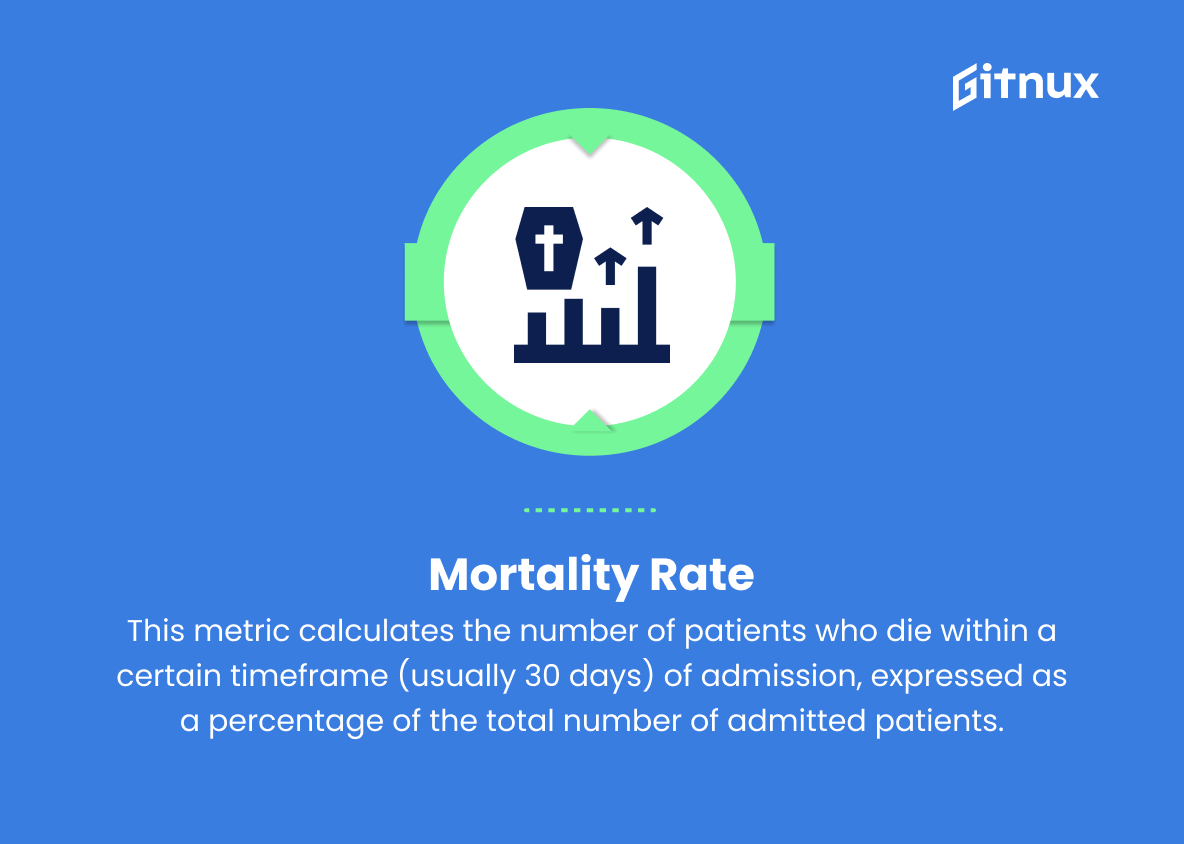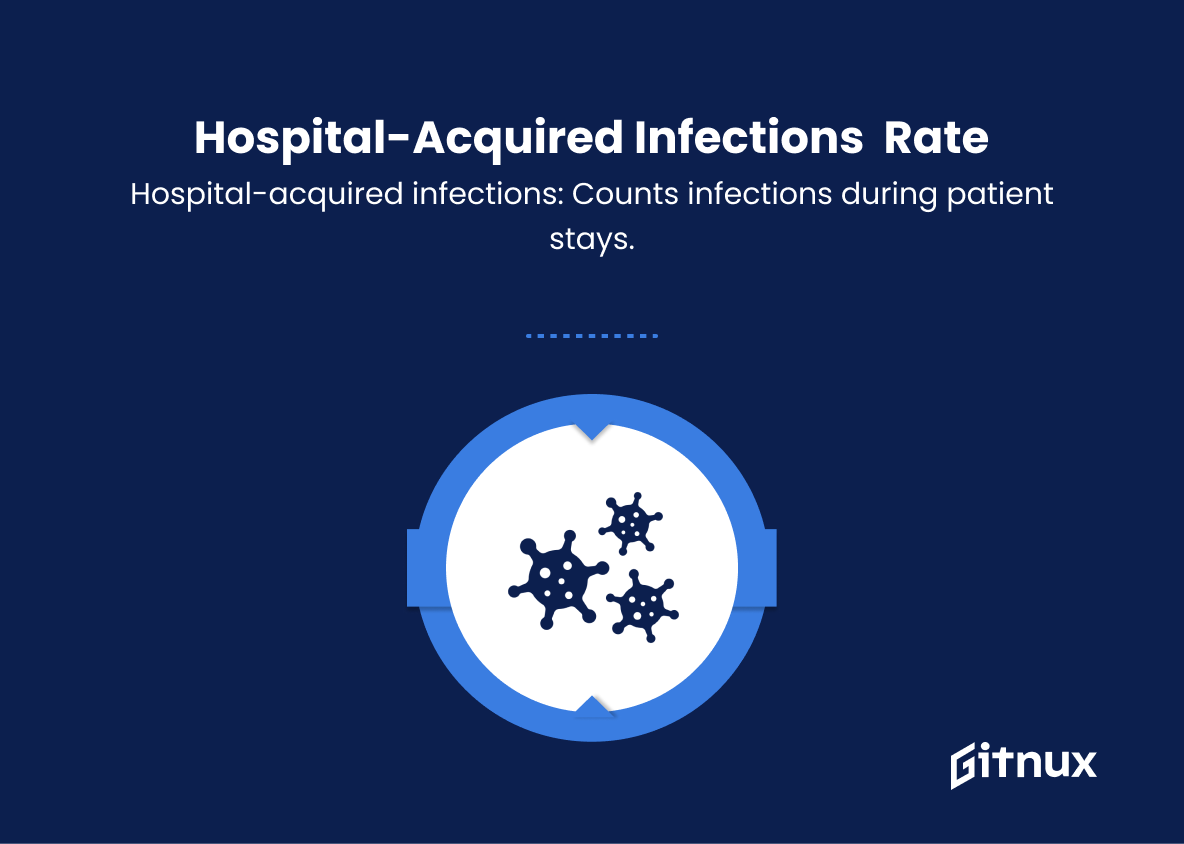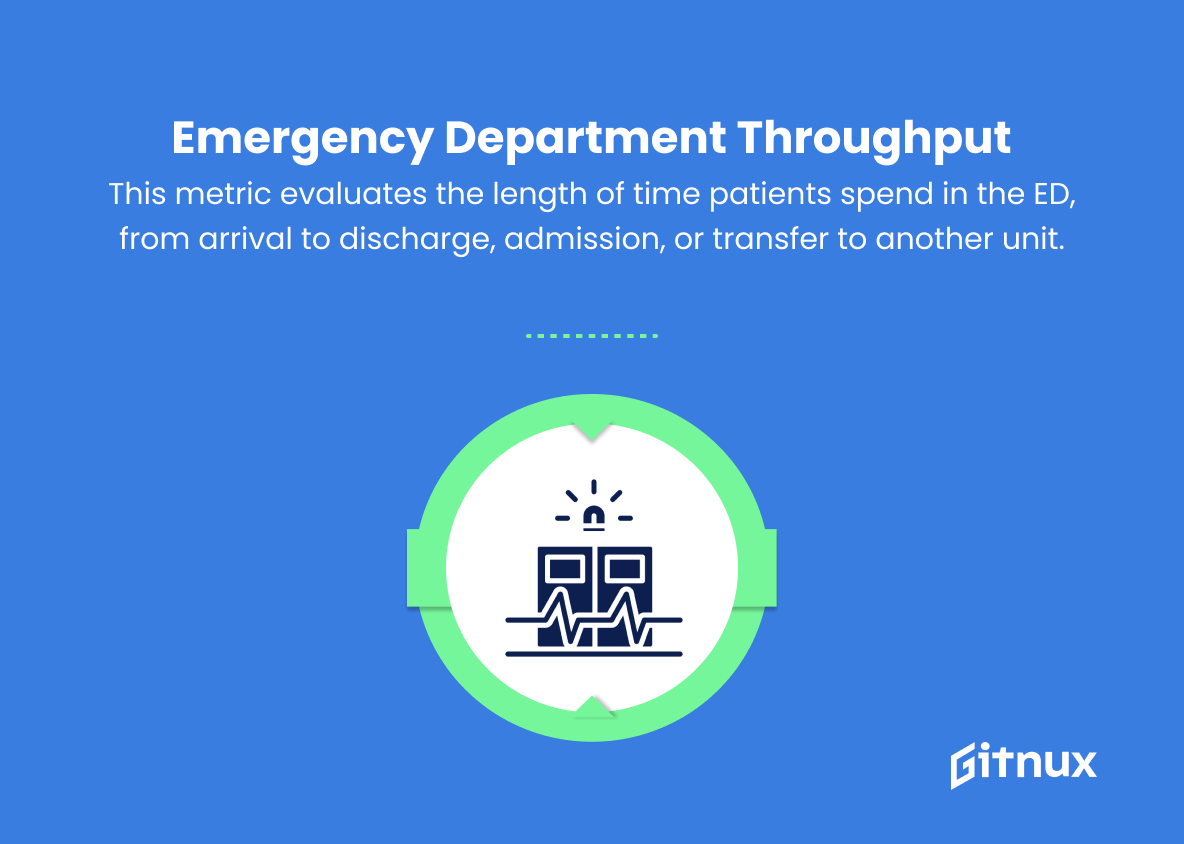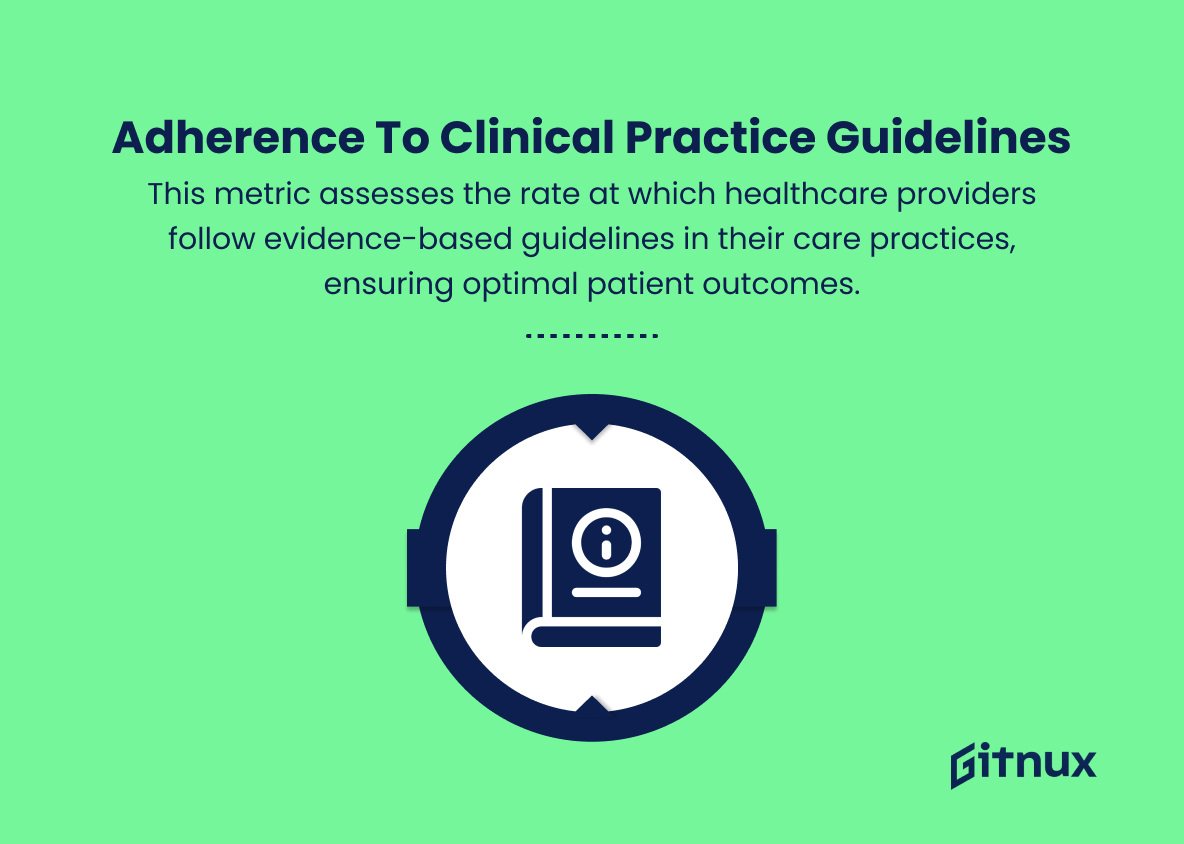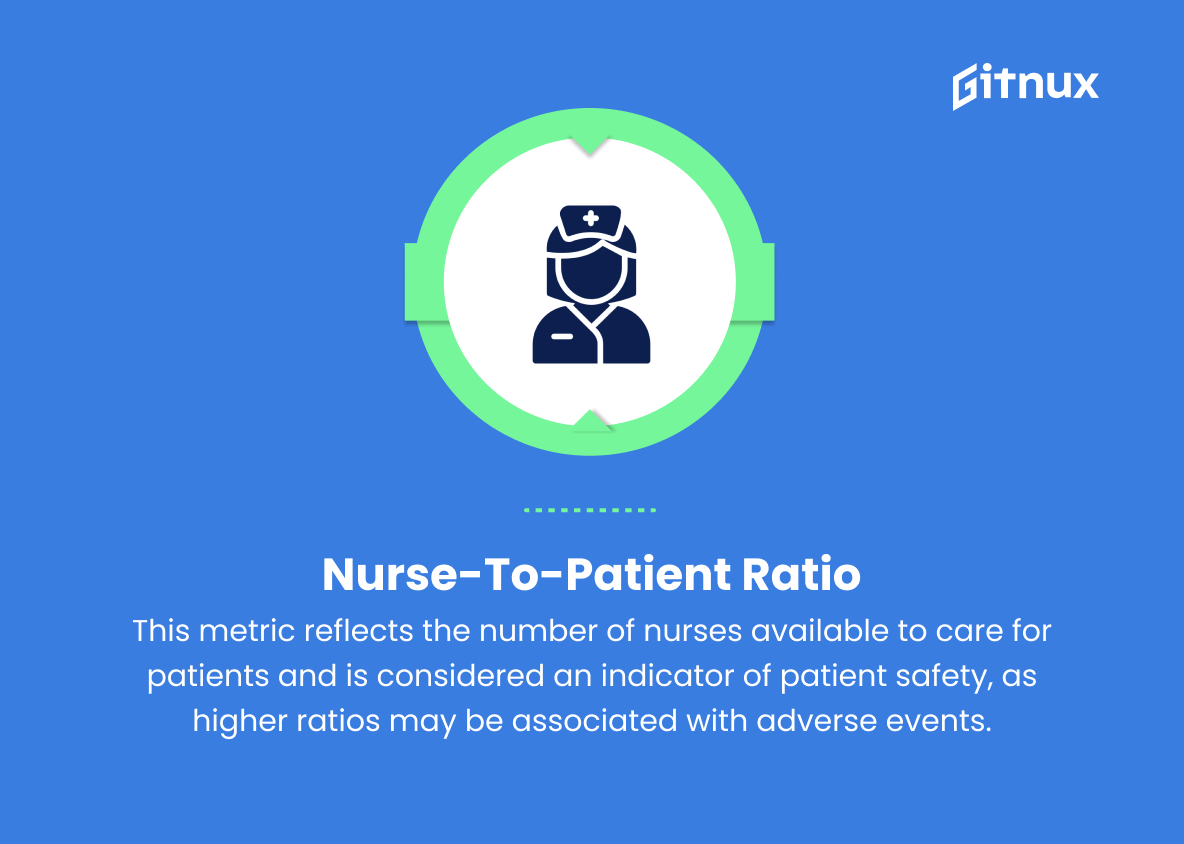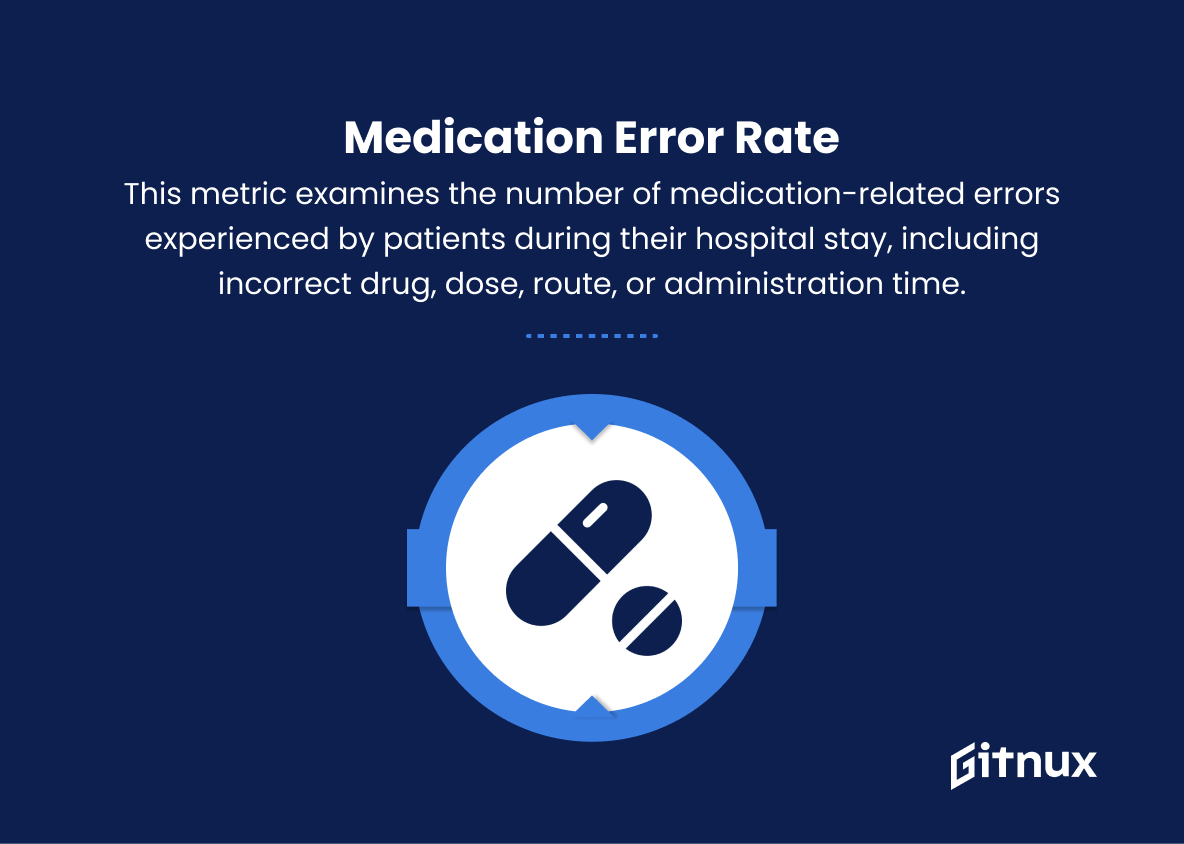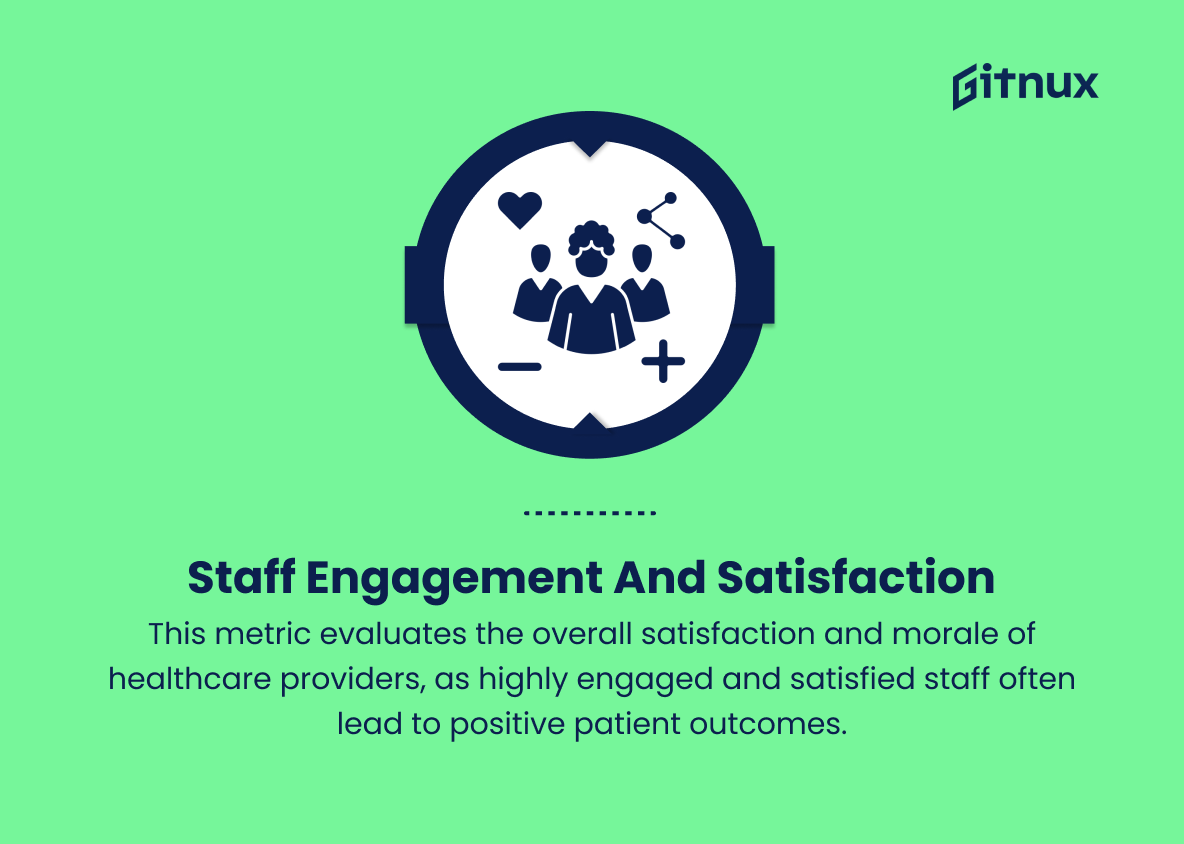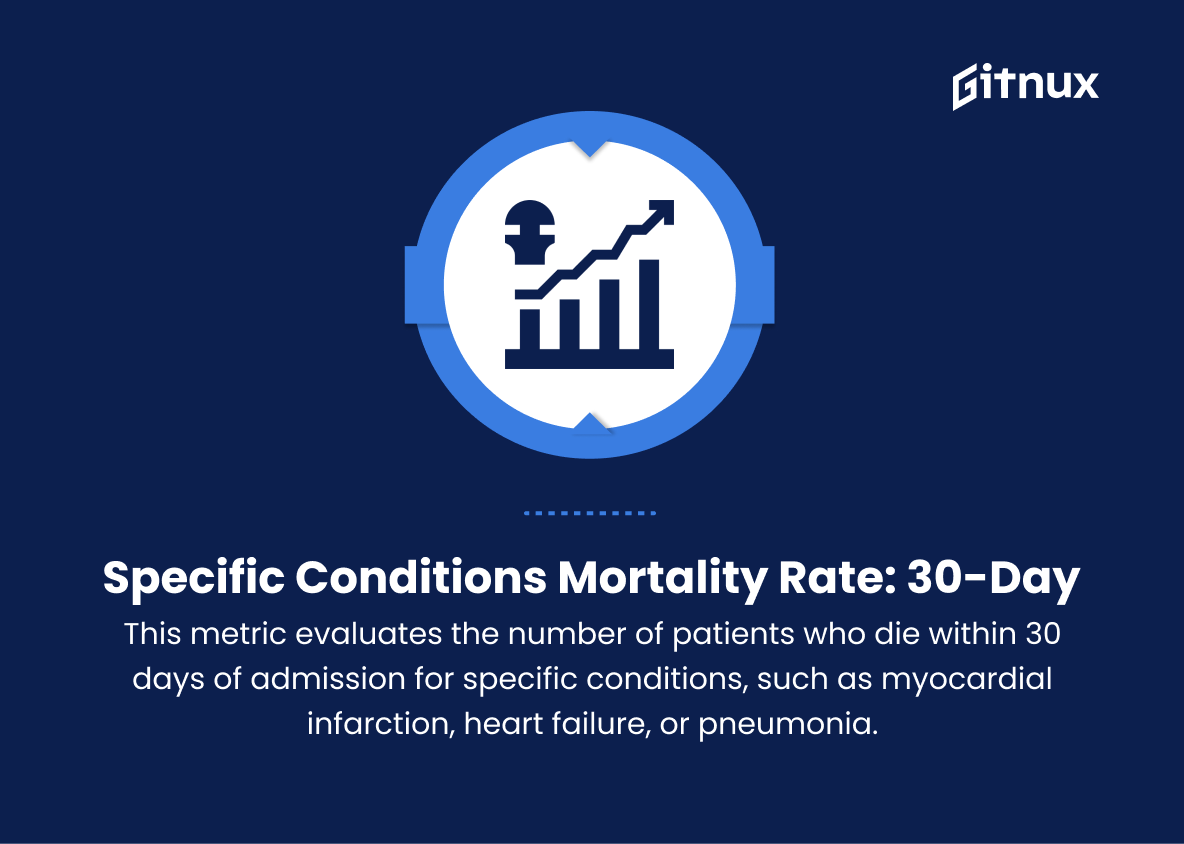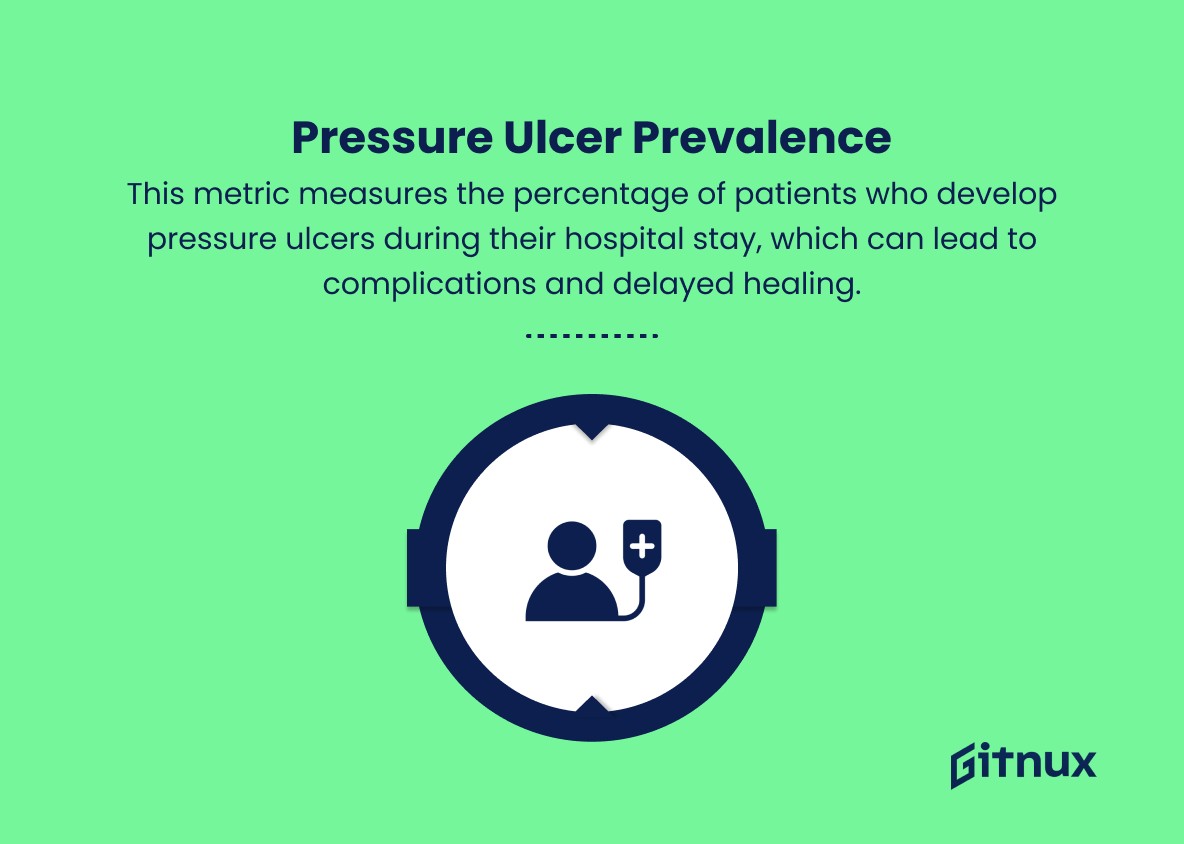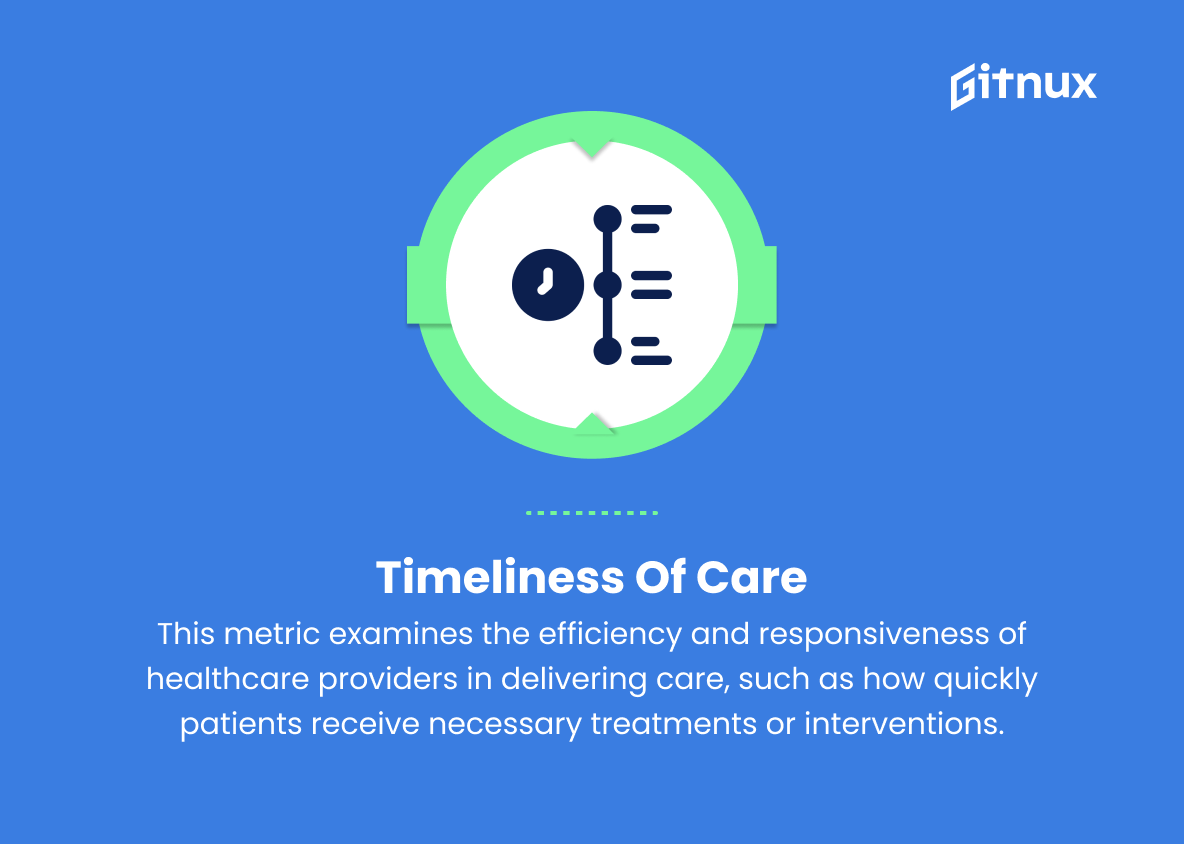In today’s rapidly evolving healthcare landscape, ensuring the highest standard of patient care is paramount. Hospital quality metrics serve as critical indicators that help evaluate and compare the performance of medical institutions, driving continuous improvement and enhancing patient outcomes. In this in-depth blog post, we will delve into the significance of hospital quality metrics, exploring the various parameters, methodologies, and challenges in implementation that hold the key to more informed decision-making by healthcare providers, patients, and other stakeholders across the healthcare ecosystem.
By understanding the nuances of these essential benchmarks, we can work together to raise the bar for clinical excellence and elevate the overall experience of patient care.
Hospital Quality Metrics You Should Know
1. Patient Satisfaction Score
This metric measures the overall satisfaction of patients with the care and services provided by the hospital. Surveys like the Hospital Consumer Assessment of Healthcare Providers and Systems (HCAHPS) are often used to gather this information.
2. Readmission Rate
This metric assesses the percentage of patients readmitted to the hospital within a set period (usually 30 days) after discharge for the same or related condition.
3. Mortality Rate
This metric calculates the number of patients who die within a certain timeframe (usually 30 days) of admission, expressed as a percentage of the total number of admitted patients.
4. Hospital-Acquired Infections (HAIs) Rate
This metric reflects the number of patients who develop infections during their hospital stay, such as surgical site infections, central-line associated bloodstream infections, and urinary tract infections.
5. Patient Fall Rate
This metric measures the number of accidental falls experienced by patients in a healthcare facility, which can lead to injuries and complications.
6. Emergency Department (ED) Throughput
This metric evaluates the length of time patients spend in the ED, from arrival to discharge, admission, or transfer to another unit.
7. Length of Stay
This metric measures the average number of days a patient spends in the hospital for a specific condition or treatment.
8. Adherence to Clinical Practice Guidelines
This metric assesses the rate at which healthcare providers follow evidence-based guidelines in their care practices, ensuring optimal patient outcomes.
9. Nurse-to-Patient Ratio
This metric reflects the number of nurses available to care for patients and is considered an indicator of patient safety, as higher ratios may be associated with adverse events.
10. Medication Error Rate
This metric examines the number of medication-related errors experienced by patients during their hospital stay, including incorrect drug, dose, route, or administration time.
11. Staff Engagement and Satisfaction
This metric evaluates the overall satisfaction and morale of healthcare providers, as highly engaged and satisfied staff often lead to positive patient outcomes.
12. Surgical Complication Rate
This measures the rate of complications occurring during or immediately after surgical procedures, such as infections, blood clots, or respiratory issues.
13. 30-Day Mortality Rate for Specific Conditions
This metric evaluates the number of patients who die within 30 days of admission for specific conditions, such as myocardial infarction, heart failure, or pneumonia.
14. Pressure Ulcer Prevalence
This metric measures the percentage of patients who develop pressure ulcers during their hospital stay, which can lead to complications and delayed healing.
15. Timeliness of Care
This metric examines the efficiency and responsiveness of healthcare providers in delivering care, such as how quickly patients receive necessary treatments or interventions.
16. Preventive Care Measures
This metric assesses the rate at which healthcare providers deliver recommended preventive care services, such as vaccinations and screenings.
17. Hand Hygiene Compliance
This metric measures the adherence of healthcare staff to hand hygiene guidelines to help prevent the spread of infections.
18. Care Coordination
This metric evaluates the effectiveness of communication and coordination among different healthcare providers involved in a patient’s care, ensuring smooth transitions and consistent care plans.
Hospital Quality Metrics Explained
Hospital quality metrics are critical in evaluating the efficacy and safety of healthcare services provided to patients. Metrics such as patient satisfaction scores, readmission rates, and mortality rates offer insight into patients’ overall experience and the outcomes of treatments received. Hospital-acquired infections, patient fall rates, and emergency department throughput highlight areas for improvement in patients’ safety and overall well-being.
Other metrics like adherence to clinical practice guidelines, nurse-to-patient ratios, and medication error rates demonstrate the thoroughness and quality of care provided by healthcare professionals. Additionally, staff engagement and satisfaction, surgical complication rates, and condition-specific 30-day mortality rates emphasize the importance of a well-equipped and skilled healthcare team in providing excellent patient care.
Lastly, metrics such as pressure ulcer prevalence, timeliness of care, preventive care measures, hand hygiene compliance, and care coordination highlight the importance of continuous quality improvements, infection control, and seamless communication and collaboration among healthcare providers, ensuring that patients receive the highest standard of care possible.
Conclusion
In summary, hospital quality metrics play a crucial role in assessing and improving the overall functionality and efficiency of healthcare institutions. By evaluating factors such as patient satisfaction, clinical outcomes, and patient safety, these metrics provide a profound understanding of a hospital’s performance. Ultimately, embracing and implementing these key performance indicators helps hospitals to consistently push for higher healthcare standards and improve patient experiences.
Therefore, it is essential for stakeholders, including medical professionals, administration, and policymakers, to engage with and utilize these metrics to foster a culture of continuous growth and enhance the provision of quality healthcare in our communities. Now is the time to leverage the power of hospital quality metrics to make a real impact on the healthcare landscape for the betterment of all.
